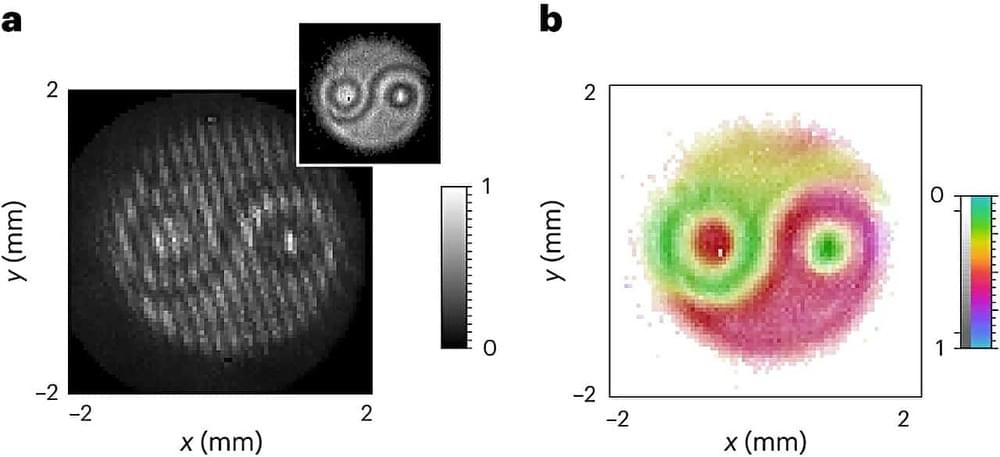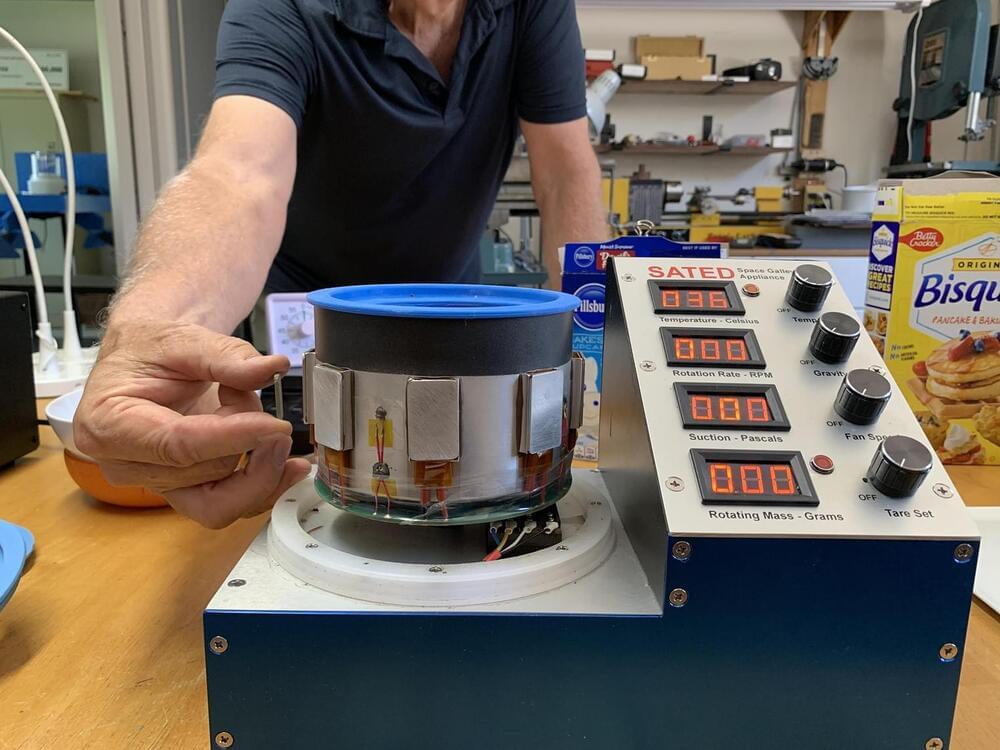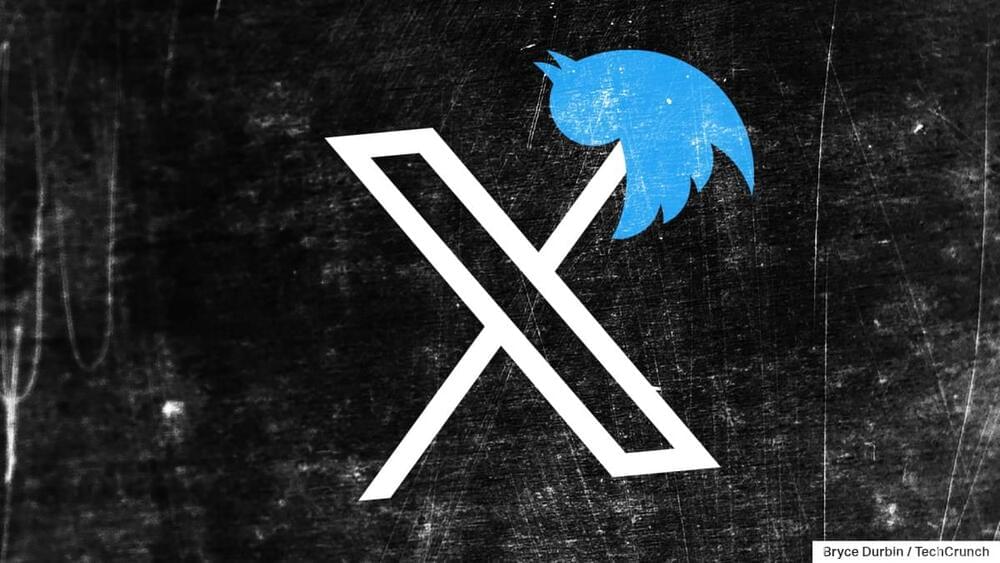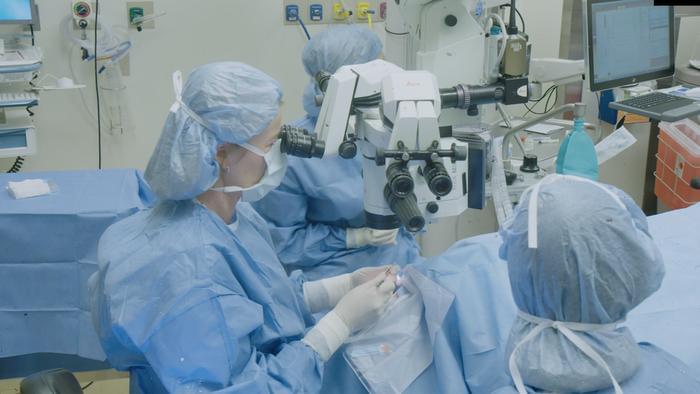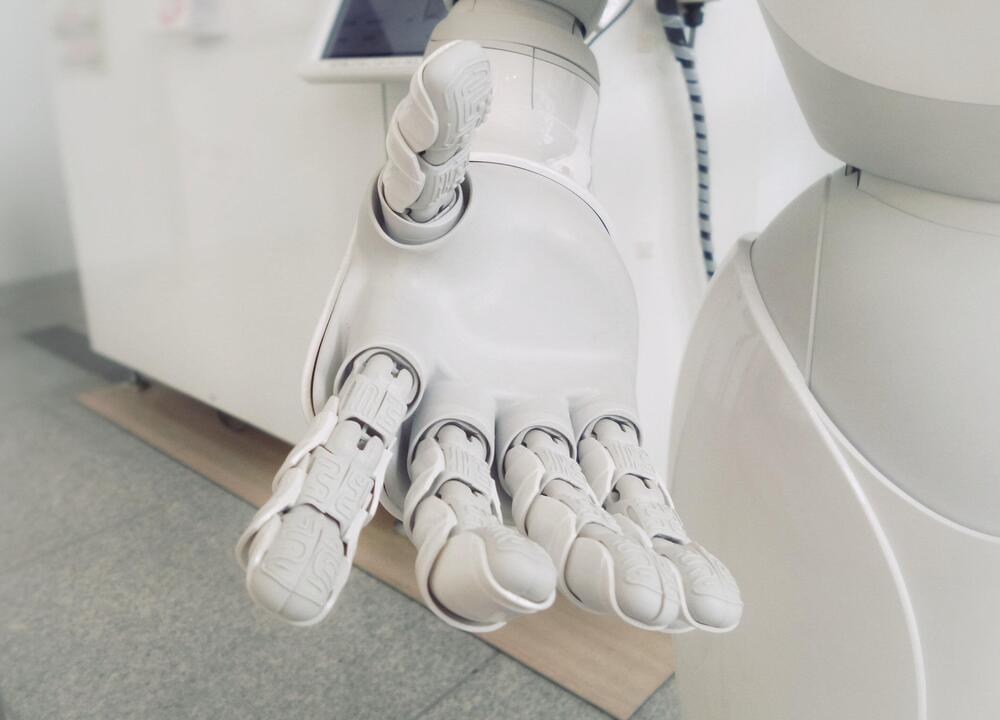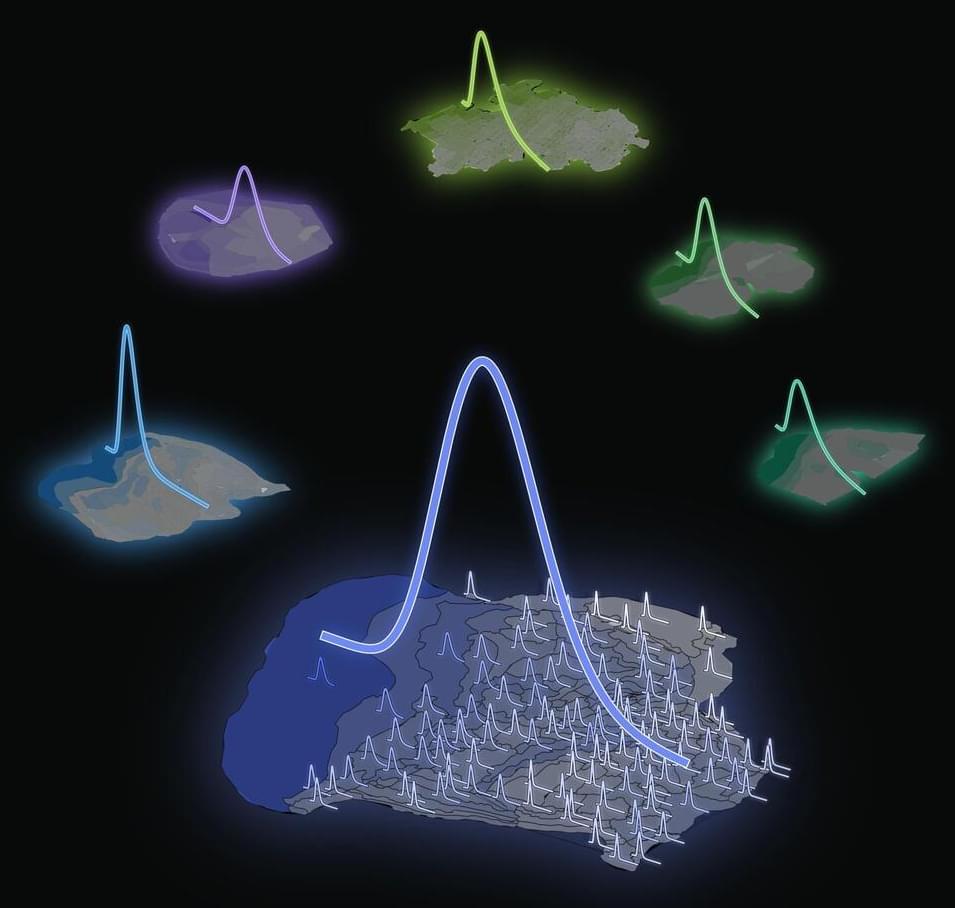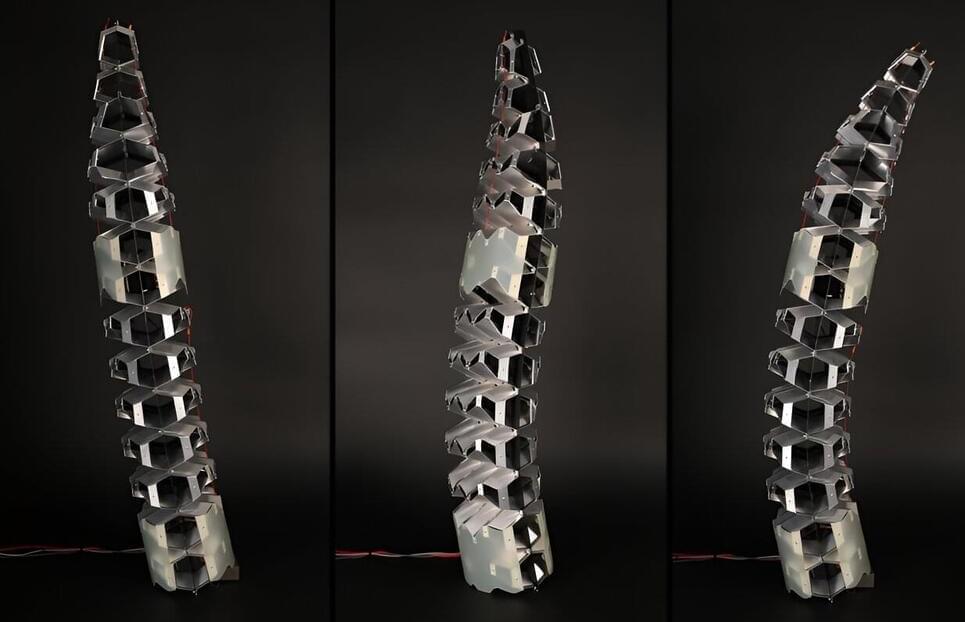You may have heard of light as both particles and waves, but have you ever imagined the secret dance within? Researchers from the University of Ottawa and Sapienza University in Rome have just uncovered a groundbreaking technique that enables the real-time visualization of the wave function of entangled photons — the fundamental components of light.
Imagine choosing a random shoe from a pair. If it’s a “left” shoe, you immediately know the other shoe you’ve yet to unbox is meant to go on your right foot. This instantaneous information is certain whether the shoe box is within hand’s reach or 4.3 light-years away on some planet in the Alpha Centauri system.
This analogy, though not perfect, captures the essence of quantum entanglement. At its core, quantum entanglement refers to the phenomenon where two or more particles become deeply interconnected in such a way that their properties become correlated, regardless of the spatial separation between them. This means that the state of one particle instantly influences the state of another, even if they are light-years apart.
